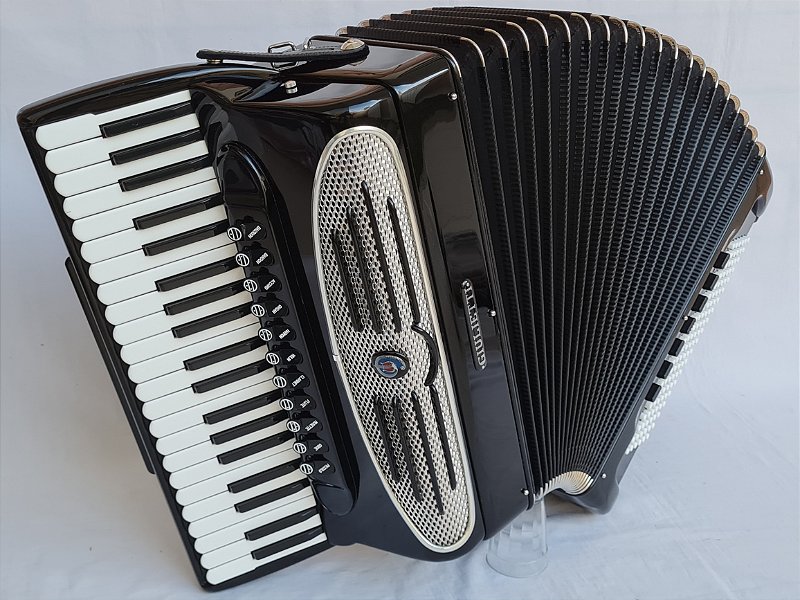neilson
Member
I was flicking through TikTok and realised that most of the people I follow play Giuliettis (yeah, I'm that nuts).
Seriously, most of the top players in Brazil like:
Clayton Gama:
View attachment 8074
Mestrinho:
View attachment 8071
Or this lady (Denise Maciel) I didn't know about until this afternoon:
View attachment 8072
Or these two random guys:
View attachment 8075
And we even have website selling brand new Giuliettis!
View attachment 8073

 www.armazemdoacordeon.com.br
www.armazemdoacordeon.com.br
Also in the US we have Petosa selling some really cool models:

 petosa.com
View attachment 8076
petosa.com
View attachment 8076
However, if you search anywhere here in Europe, you will find one or two secondhand models being sold for over 8000 EURs. I've searched mostly in Portuguese, English, German, Italian and Spanish. I could not find anything like the American petosa website.
Is it the case that Giulietties are not so great for European music? or is it just a matter of taste?
Thanks
Seriously, most of the top players in Brazil like:
Clayton Gama:
View attachment 8074
Mestrinho:
View attachment 8071
Or this lady (Denise Maciel) I didn't know about until this afternoon:
View attachment 8072
Or these two random guys:
View attachment 8075
And we even have website selling brand new Giuliettis!
View attachment 8073

Acordeon 120 Baixos Giulietti Classic 127 NOVA
ACORDEON 120 BAIXOS GIULIETTI CLASSIC 127 D. RESSONÂNCIA ACORDEON NOVA NO PLÁSTICO Onze registros no teclado, desmanche lateral e sete nos baixos Obs; Consigo fazer por 48.900,00 e frete grátis para todo Brasil Entre em contato por favor Belíssimo acordeon italiano fabricado em Maio de 2022 4ª...
Also in the US we have Petosa selling some really cool models:

New Accordion Inventory
However, if you search anywhere here in Europe, you will find one or two secondhand models being sold for over 8000 EURs. I've searched mostly in Portuguese, English, German, Italian and Spanish. I could not find anything like the American petosa website.
Is it the case that Giulietties are not so great for European music? or is it just a matter of taste?
Thanks
